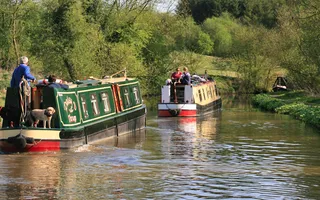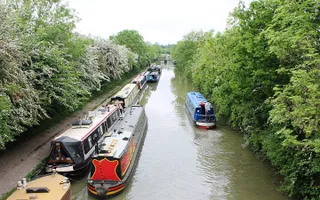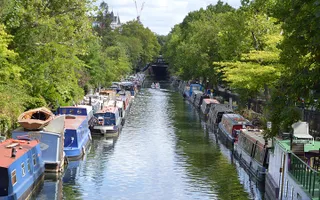What's the speed limit?
On our network the speed limit on most canals is 4 miles per hour. On most rivers it's 6 miles per hour.
You don't need to keep to this speed continuously. Just cruise appropriately for the conditions and with consideration for other canal users.
If you prefer to keep the pace slower, keep an eye out behind you for those who like to motor a bit more quickly, and let them overtake in a safe spot.
Can I cruise past moored boats at the speed limit?
It's polite to slow down when approaching and passing moored vessels to keep water disturbance to a minimum.
How do I know if I'm going at the appropriate speed?
To judge if you're doing an appropriate speed you need to check your 'wash', which is the waves your boat is creating as it moves through the water.
You should never travel with a breaking wash (a wave created by a boat that is breaking on the water's surface), as this can erode the banks and harm wildlife. Every year we get complaints about water fowl nests, eggs and very young chicks being destroyed by speeding boats.
Check your wash some distance away from the moored craft and throttle back in good time. Some people like to pass at tick over and some find they might have to briefly put the boat into neutral, but whatever you do, make sure it's gentle and that you have some steerage.






